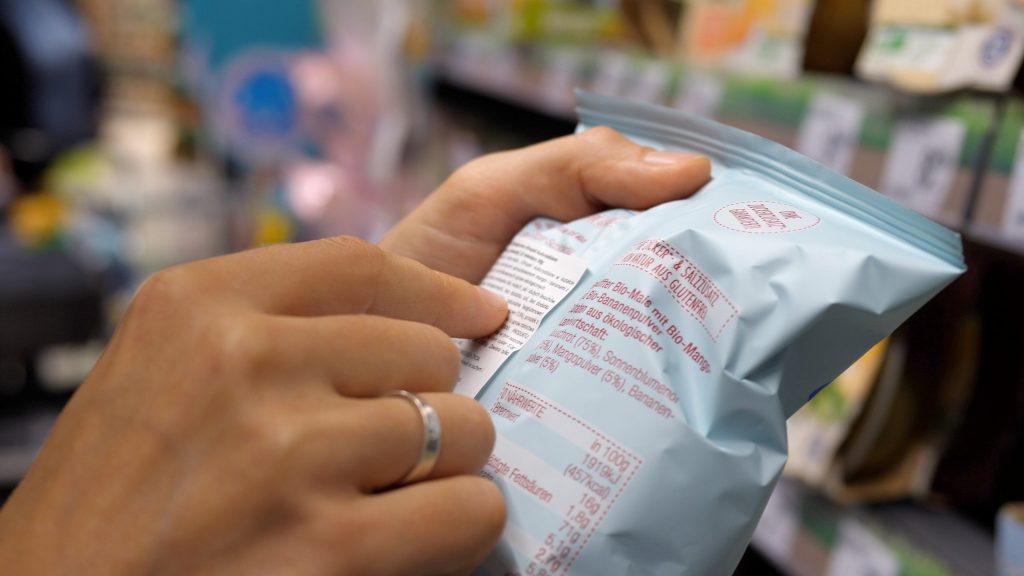Where do you even begin when reading a nutrition label? There’s so many numbers and ingredients that it can become overwhelming. Reading a nutrition can become an essential part of shopping experience with smarter purchases and eating decisions. No matter what your reason for reading, you should know how to find what you’re looking for.
Be on the lookout for
With any food product that gets approved by the FDA, it has to have a nutritional label printed on their product. Grab any food item with a container and you’ll see it. Look over to the section labeled “Nutrition Facts”, you’ll see that there’s so many different things to look, let’s start with servings per-container.


Servings Per Container
An essential piece of information to pay attention to when evaluating a product is the “servings per container.” This indicates the total number of portions included in the package. By checking the “servings per container,” you can gain a clearer understanding of how the product is measured and portioned, which is particularly useful for meal planning, portion control, or comparing value across similar items. Understanding this detail can help ensure that the product meets your needs and expectations, whether you’re shopping for yourself, your family.
Serving Size
Serving size is used to identify the portions needed to eat better-sized meal portions. This is one of the most important parts of the Nutrition Label as it shows you the difference between eating one or two servings.
Calories
Determining calorie count can help you understand how much energy you’ll get from a serving of this food. Being able to quickly identify how many calories are in a serving will let you know if this is a good food choice. According to the FDA, it depends on level of age and exercise, but generally, 2000 calories per day is the recommended healthy intake.
Nutrients
Another way to known if the food is a good choice is the check the nutrients within a serving size. Located below the calorie count, there is a list of nutrients that are in the product. This section is important because many people try to limit their intake of saturated fat, sodium, and added sugars. According to the FDA, they encourage and supports industry innovation to make foods healthier, such as through voluntary targets for reducing sodium in foods.

Percent Daily Value (%DV)
The percentage represents how much of the nutrients you should include in your diet. Knowing this percentage will help you to determine if you’re meeting daily nutrients. Each daily nutrient requirements vary depending on the nutrient and the individual. In contrast, Daily Value is different but work together. Daily Value are the recommended amounts of nutrients to consume or not to exceed each day.
Resources
Information Available from the FDA about their Nutrition Initiatives and more:
Looking for other healthy options?
Check out our blog “8 Ways to Save on Groceries and Stay Healthy.”
